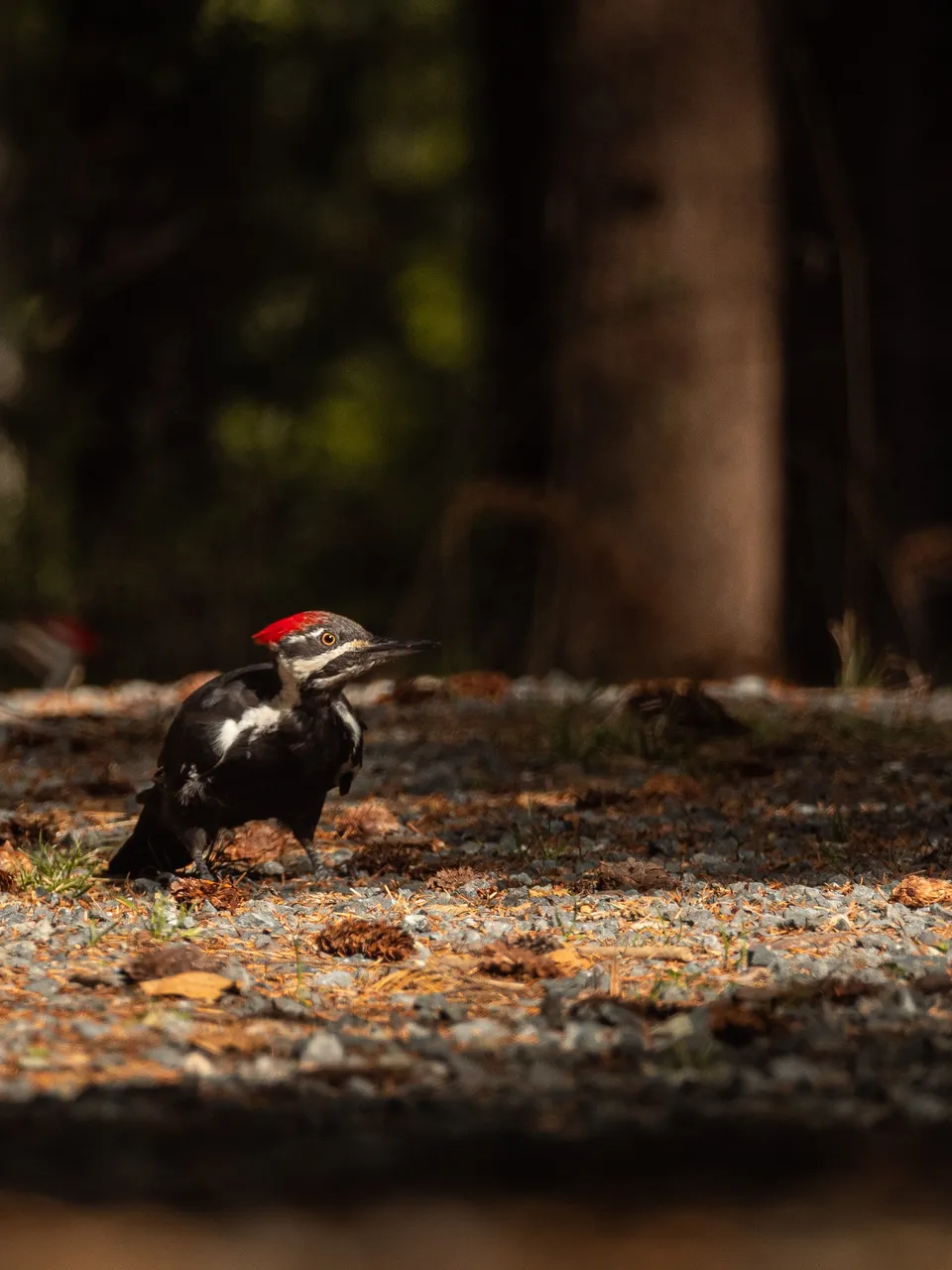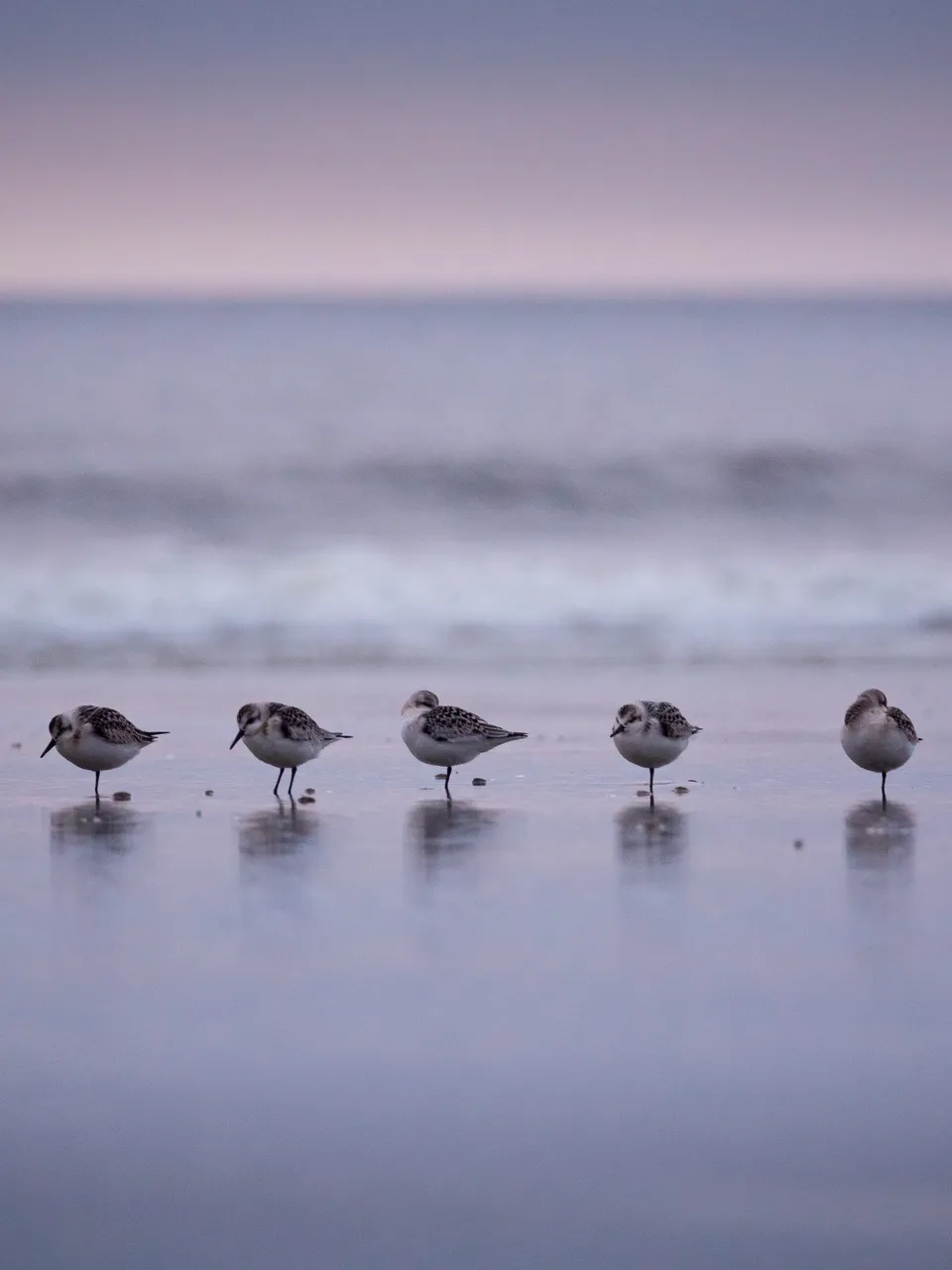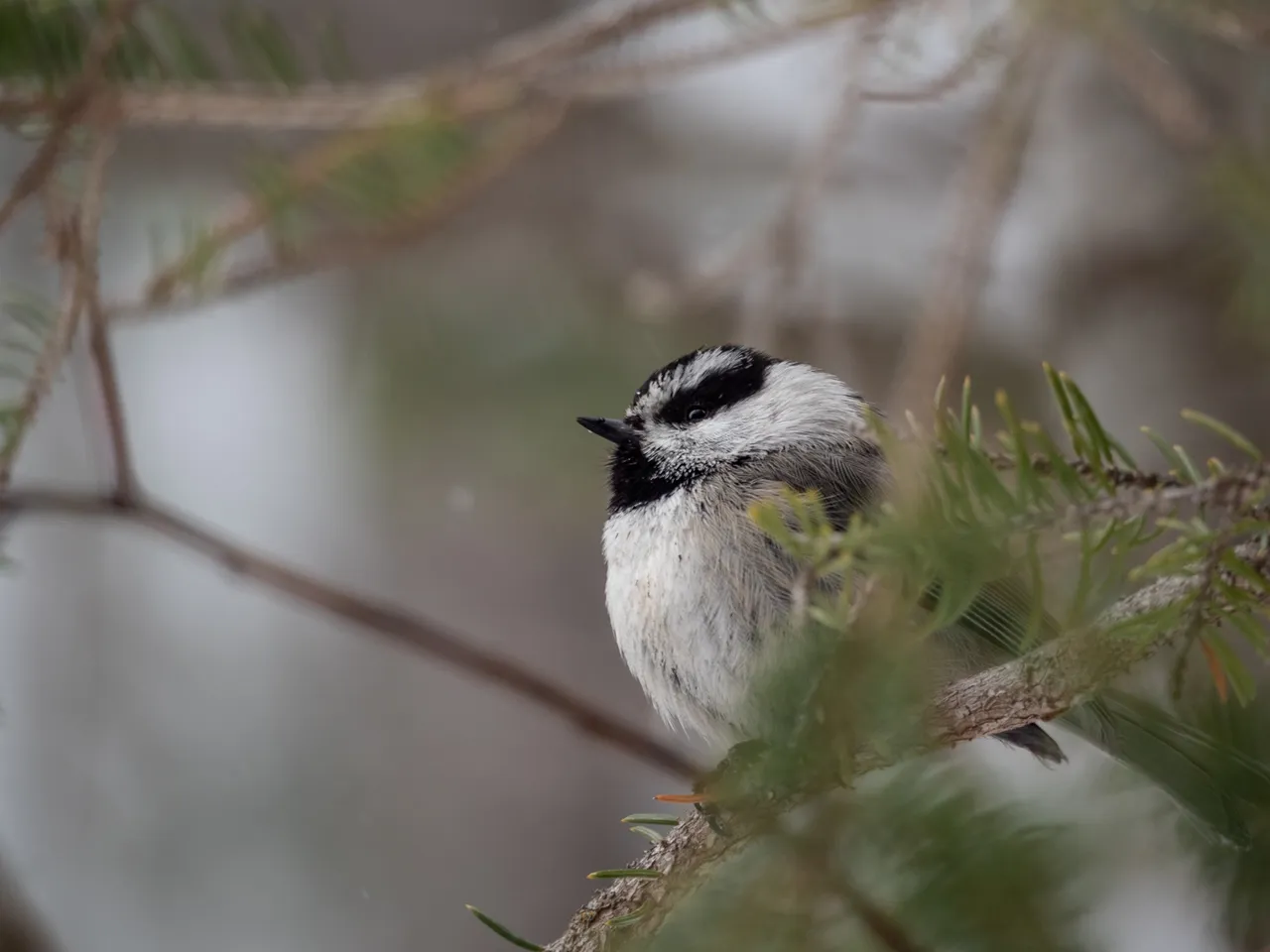Birds are a constant source of curiosity for me. Whether I am at my local park, walking through the woods or on the beach. My attention always goes to the birds.

The Pileated woodpecker. Towering up to 50 cm is one of the largest of its kind in the northern hemisphere. Pileated Woodpeckers are found in old-growth forests. Old-growth forests provide the perfect habit for this large bird. There is plenty of living and dead trees for the giant woodpecker to feast on. Massive scaring on trees is a sure tale sign that a Pileated woodpecker is living in your forest. This may seem destructive however the holes that a Pileated woodpecker bore are very important. These allow sapsuckers and smaller woodpeckers easier access to the softwood under the bark. The larger holes are used as a home by squirrels, hawks, kites and other birds. If you see a Pileated Woodpecker stop for a moment and thank mother earth as they can be a rare sight.

Forests are not the only place you can find birds. The ocean is a huge ecosystem and helps provide life to many bird species. If you are ever on a sandy beach make sure to take a closer look at the bubbles. There is a good chance that those bubbles could be a flock of Sandpipers. These long-legged birds love the beaches as they make hunting small sea creatures easy. They lurk at the edge of the water as waves crash into shore then chase the outgoing wave into the ocean. They are looking for beached minnows on the wet sand. Once the wave starts to come in again this goofy bird rushes back to shore as not to get its feathers wet. It is mesmerizing watching a flock of San Piper's ebb and flow with the ocean. Take the time to find these martine birds it will be well worth your time.

A Canadian staple, the black-capped Chickadee can be seen across Canada. Even in the winter, there is a good chance you will hear the familiar “chicks dee dee dee” of this hearty little bird. Caterpillars make up a large portion of the Chickadees diet in the summer. You can spot the small bird hopping or hanging upside down on tree branches making quick short flights to catch unsuspecting insects. During the winter seeds and berries become an important part of a Chickadees diet. Although winter is not great for creepy crawlies, they are not totally off the menu. Insect eggs can provide valuable protein and energy in the colder months. Next time you go out for a walk bring some sunflower seeds with you as there is a good chance you will have a black-capped chickadee feed out of your hand because of their bold character.
I know we all have our favourite places to explore but stepping out of our comfort zone is important. New places bring new experiences and maybe you will spot an unfamiliar animal or two. Ya never know what's out there until ya get out!